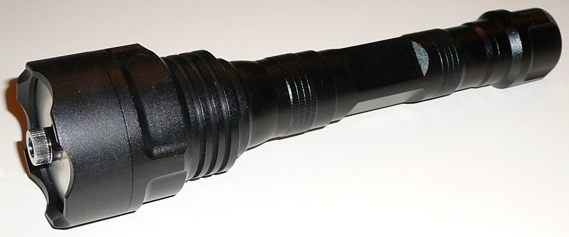...all the cleaning will not help (due to the spring scraping) ... The laser that developed the splash from the diode window film...
Assuming the spring-ends are curved "inwards" - which should always be the case for un-modded springs (insert grain-of-salt here), then grinding from the two metallic surfaces should hopefully be minimal and only noticeable over long periods of use... :thinking:
But anyways, a non-spring solution would be certainly everyone's best bet. I think Jay's mentioned Teflon tape as an alternative.
As for the diode-window-film... like I said, I find it really hard to believe that both Igor and Dave would use the same cleaning product (that consequently leaves a film / residue). I'd like to ask them what they use (if anything), but both of them are, ah, "busy" atm... :cryyy:
Maybe this film exists upon production of the original diode; that or everyone's using
Windex... If you review the first few pages of Jay's lens thread, you'll see that a few others have the same "splash"... meaning there's a whole lot of film-coated diodes out there...

I have
IPA, I have
microfiber cloths, but I'm too
scared to mess with the diode window.
Igor informed me that he managed to
"dislodge" a window while cleaning it... now said diode is a candidate for stress-testing but that's about it. I don't want to have to send my laser(s) back because I killed a window, so I'm going to live with the rectangles for now... .
I'd love to see someone more "qualified" (including yourself, Larry) prove the theory once and for all. With proof, I mean before / after images. Maybe the next time you come across such a filmy diode window... please document it, thanks

p.s. Last but not least, here's a macro of Dave's 6X. You can even see a few dust particles (proof of focus) but no film. Not that there's any guarantee that such a film could be captured by a lens...
http://flickr.com/gp/trave11er/0WfFV2




